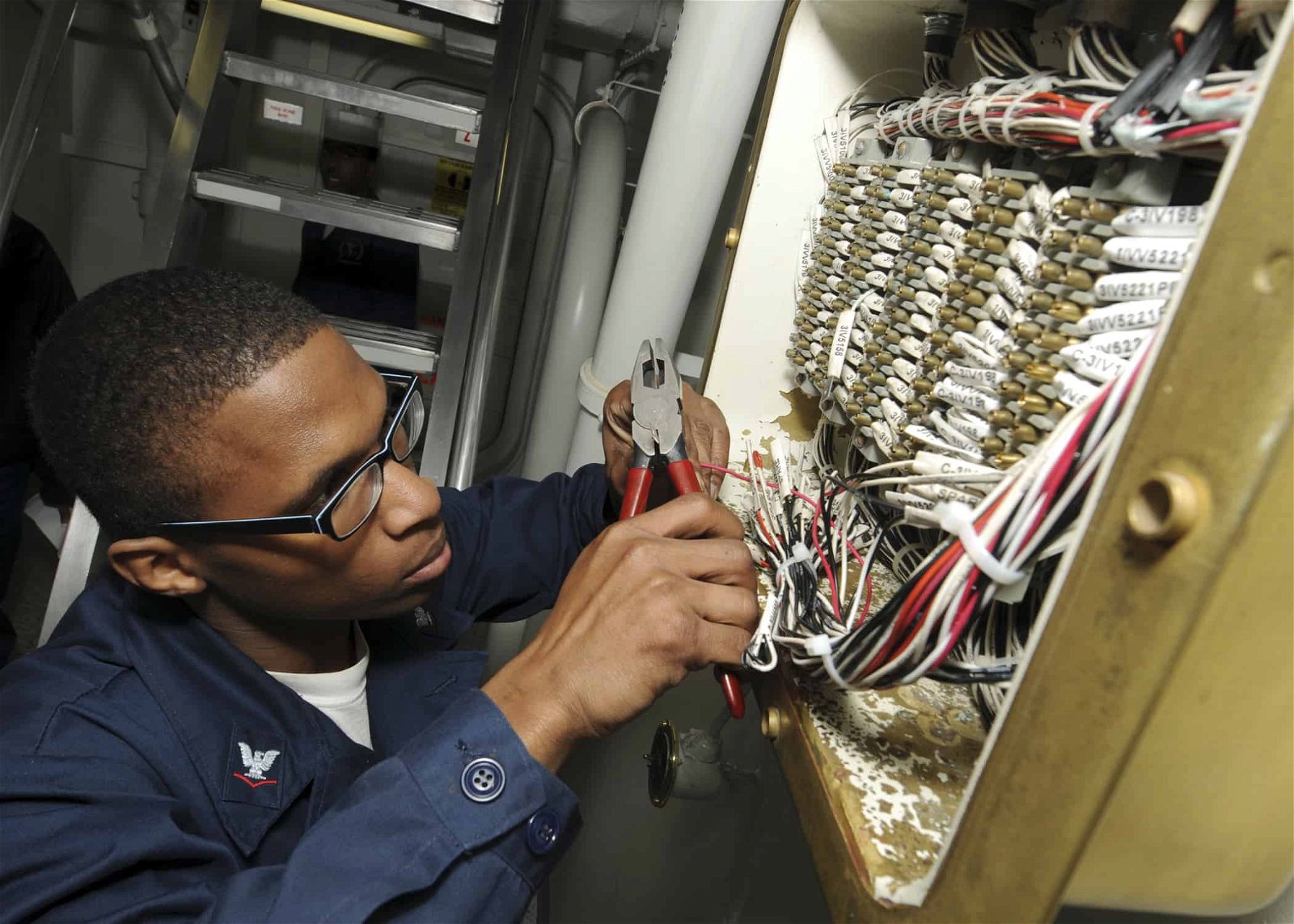Debunking Electric Setup: Comprehending Codes and Regulations for a Legal and Safe Arrangement
In the world of electrical setup, adherence to codes and laws is vital to guarantee both legitimacy and safety. The complexities bordering electrical work can be difficult, yet familiarizing oneself with the established criteria is essential to navigating this area with confidence. By recognizing the ins and outs of the National Electric Code and regional building regulations, people can ensure that their installments meet needed precaution and are in conformity with the law. The journey to debunking electrical setup goes beyond mere knowledge with regulations; it requires a profound grasp of just how to apply risk-free electric practices successfully.
Relevance of Electric Codes
The adherence to electric codes is critical in ensuring the safety and security and integrity of electric installations. Electric codes work as a set of standards and standards that determine the proper design, installment, and upkeep of electric systems. These codes are developed to lessen the danger of electric threats, fires, and other safety worries that may arise from faulty electrical job.

Furthermore, electric codes are on a regular basis updated to include new modern technologies, best practices, and precaution. Remaining updated with these codes is crucial for experts in the electric market to make certain that their work fulfills the most up to date safety and security requirements. Eventually, the importance of electric codes hinges on producing a secure and effective electric infrastructure that profits both people and communities.
Secret Rules for Safety
Numerous basic policies control the safety requirements in electric installments. One key policy is the National Electric Code (NEC), which gives guidelines for risk-free electric design, setup, and examination to protect people and building from electrical risks. The NEC covers elements such as electrical wiring approaches, grounding, overcurrent protection, and equipment installation to make sure a secure electric system.
Another essential policy is the Occupational Security and Health And Wellness Management (OSHA) criteria, which concentrate on the safety of workers involved in electrical installations (BRE Electrical Solutions). OSHA laws include requirements for proper training, safety and security treatments, and individual safety devices to stop office mishaps and injuries
Additionally, the International Electrotechnical Commission (IEC) standards intend to balance electrical installation laws on a worldwide scale. These criteria address problems a fantastic read like electrical equipment safety and security, electromagnetic compatibility, and energy performance to advertise uniformity and safety and security in electric setups worldwide.
Conformity with these essential regulations is necessary to make sure the safety and validity of electric setups, protecting both people and home from the risks linked with electrical power.
Understanding National Electric Code
Secret regulations such as the National Electric Code (NEC) give necessary guidelines for risk-free electric style, installment, and assessment to ensure the security of people and home from electric hazards. The NEC, likewise recognized as NFPA 70, is an extensive collection of standards for electrical installments that are updated every three years. It is created by the National Fire Protection Organization (NFPA) and is extensively adopted throughout the USA.
The NEC covers various go now aspects of electrical job, consisting of wiring techniques, grounding, overcurrent protection, and tools installation. It aims to protect individuals and building by dealing with prospective threats linked with electric systems. Compliance with the NEC is usually implemented by neighborhood authorities having territory (AHJs), such as building code officials and examiners.
Comprehending the NEC is vital for electric contractors, designers, and inspectors to guarantee that installations meet the required security demands. By sticking to the NEC guidelines, specialists can aid protect against electric crashes and make certain the integrity of electric systems in residential, commercial, and industrial setups.

Conformity With Regional Building Regulations
Understanding and adhering to regional structure codes is essential for making sure the safety and security and compliance of electrical setups within a details territory. These codes outline particular demands for electric installments, such as the type of electrical wiring to be utilized, positioning of electrical outlets, basing methods, and load capabilities.
When it comes to electric setups, failing to conform with local structure codes can result in severe repercussions. look at this web-site Non-compliant installations might position safety threats, boost the risk of electric fires, and lead to expensive fines or lawful issues.
Making Sure Safe Electrical Practices
Exercising stringent adherence to developed security protocols is critical in the field of electric setups to mitigate prospective risks and make sure the well-being of people and residential or commercial properties. Safety and security in electrical job encompasses different aspects, starting with the correct training of personnel associated with installation, maintenance, and fixing. It is vital to adhere to producer directions meticulously when dealing with electric components and devices. Before beginning any kind of work, it is crucial to perform a complete threat assessment to determine possible threats and implement safety nets. Making use of personal protective devices (PPE) such as shielded handwear covers, safety glasses, and non-conductive footwear is non-negotiable to secure versus electrical shocks and arc flashes. Normal equipment evaluations, screening, and upkeep timetables are crucial to spot and fix mistakes before they escalate into safety risks. Adherence to proper lockout-tagout procedures during upkeep activities is crucial to avoid unintentional energization of circuits. By prioritizing risk-free methods, electric setups can work effectively while lessening the probability of mishaps or damage.
Conclusion
To conclude, adherence to electric codes and regulations is essential for making certain the security and legality of electric installations. Comprehending the National Electric Code and compliance with neighborhood building regulations are crucial for a risk-free setup. By adhering to these guidelines and exercising secure electrical techniques, people can protect against prospective hazards and make sure the proper functioning of their electric systems.